Vietnam War Weekly Front Pages
4 April 1965 – 10 April 1965
The Press, Pittsburgh PA
The surest road to peace.
*****
US battle deaths increased by seven to 321 as a result of losses in a series of helicopter forays in South Vietnam. There was also an increase, from 1958 to 1971, in the number of Americans wounded by hostile action since combat aid to South Vietnam began in early 1961.
On Monday American planes defied stiffened North Vietnamese air defenses and carried out two devastating attacks on Communist territory. Sixteen US Air Force F-105 jet fighter-bombers hammered traffic 120 miles south of Hanoi. An armada of 60 US Navy bombers from the aircraft carrier Coral Sea struck radar installations just north of the 17th parallel. One of the F-105s was shot down by antiaircraft fire but the pilot was rescued. The Navy planes poured tons of bombs and napalm jellied gasoline on the radar station at Vinh Linh, a target which had been hit on several previous occasions. No enemy opposition was encountered. Two F-105s were downed on Sunday by North Vietnamese MIGs when American planes destroyed a bridge near Thanh Hoa, only 75 miles south of Hanoi. It was the first time Communist planes had downed American craft, and the first aerial dogfight of the war.
On Monday an American soldier was killed in a helicopter crash in the mountains 190 miles northeast of Saigon. The crewman was pinned beneath the wreckage when the craft crash-landed, skidded, and burned. The rest of the crew was unhurt. The crash was attributed to a power failure. Two US Army advisers were wounded Sunday in a clash with the Viet Cong in Binh Dinh province 300 miles northeast of Saigon.
As the tempo of the war quickened on both sides of the 17th parallel, the US ambassador returned to Saigon with new plans to boost American military strength. He was in Washington last week for high-level strategy talks with President Johnson’s defense department officials. The ambassador told newsmen that President Johnson was “heartened and encouraged by the progress which our Vietnamese allies are making.” In a major policy address at Johns Hopkins University in Baltimore, the President made clear to the world that the United States was ready to engage in "unconditional discussions” to seek peace in Vietnam. At the same time, he warned the nation “must be prepared for a long, continued conflict” and emphasized that US air attacks against North Vietnam would continue “as a necessary part of the surest road to peace.” Radio Moscow said that Mr. Johnson’s offer of a billion-dollar aid package for southeast Asia was evidently “an attempt to divert the attention of the peoples who are wrathfully condemning US aggression in Vietnam.”
The Communist Viet Cong announced on Wednesday that they would execute Gustav Hertz, 46, of Leesburg WV, a captured American aid official, if South Vietnam executed a terrorist held for the bombing of the US embassy in Saigon. Mr. Hertz disappeared from his second home to February after going for a ride on his motorbike. He had not been heard from since and was believed captured by the Viet Cong.
At the end of the week a force of 115 US Navy and Air Force planes bombed North Vietnam without encountering any Red MIGs as 1,400 US Marines and the first marine jet fighters in South Vietnam arrived in Da Nang. Combat-ready Marines streamed across the beaches 10 miles north of Da Nang to the sounds of a battle on the outskirts of the coastal city. Viet Cong troops had hoped to disrupt the landing but were attacked by South Vietnamese rangers and fighter-bombers. The Marines were the first contingent of a force of 3,000 to join the 4,000 Marines already in Da Nang. The arrival of a Marine jet squadron would bring the Marine strength to 8,000.
(Photo courtesy newspapers.com, Pittsburgh Press)

